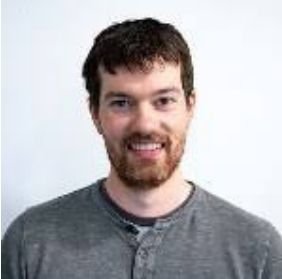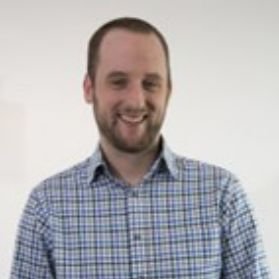

Mark Turner is the Head of Research Software Engineering in the Digital Institute at Newcastle University. Mark now leads a team of 8 RSEs, he has a background in Computer Science and commercial experience as web developer.
Stephen Dowsland is a Senior Data Engineer in the National Innovation Centre for Data. Stephen began life at Newcastle University as an RSE but has since moved on to join the NICD technical team. He has a background in Geography and Town Planning, and is self-taught in several programming languages, cloud infrastructure, and data science.
Can you give us an overview of the project?
The Condition and Risk Assessment Portal (CARE) supports the management of open-air rock art, also known as cups and rings, in the UK, Ireland, and beyond. It provides people with responsibility for looking after rock art with reports and guidance.CARE reports are created via a mobile app or through a web portal.
Anyone can upload a CARE Report, which will contribute to the
growing knowledge about the condition of open-air rock art.
Reports are distributed to the CARE project team, custodians of the
rock art, and heritage officials where the rock art is located.
Did you work with an RSE from the beginning of the project?
We joined the project at the start of the technical phase. A lot of work had gone into selecting questions for a scorecard. Our job was to turn that paper form into a mobile application.
Once you started working with the data did you encounter any specific problems or challenges? How might an RSE have been a useful addition to the project?
Most of the challenges on the project relate to working with mobile devices in remote locations - most rock art carving locations are geographically remote with patchy network coverage, making it difficult to upload the two photographs that each report requires. Knowledge of mobile development allowed us to anticipate these issues and come up with solutions to mitigate them
What tools and software did you use in the project? Is the software, code and data that you used available for others to reproduce your work?
We used a web technologies stack for both the web portal and the mobile apps. We used MongoDB for our database, NodeJS for the middleware and AngularJS for the client. The mobile app was built using PhoneGap and utilised several plugins for interaction with different sensors, such as GPS, accelerometer, and the camera.